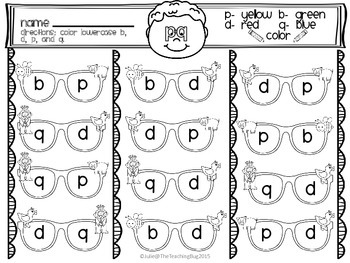As an early childhood educator, we are sometimes called upon to design or develop activities for children in preschool development. Just recently, I had the opportunity to come up with some activities that worked with the theme of light for ages 12 weeks to one year old. At the end of this post, you'll get a freebie of some of the activities that I developed for this project so keep reading. :)
Light is a fascinating and captivating concept that can capture the attention and curiosity of even the youngest minds. We can stimulate a child's senses, encourage exploration, and promote early learning development through engaging and playful activities centered around light.
Dancing Lights Sensory Play:Infants are naturally drawn to light and its captivating movements. Set up a safe and controlled environment with various sources of light, such as colorful LED lights or a small disco ball, and allow your little one to interact with the dancing lights. Encourage them to reach out, touch, and follow the lights with their eyes. This activity aids in developing hand-eye coordination and enhancing visual tracking skills.
Shadow Play: Create a playful and imaginative atmosphere by using a flashlight to cast shadows on the wall. Use your hands, toys, or cut-out shapes to create different shadow figures. Watch as your infant's eyes widen in amazement and curiosity as they try to understand the magical dance of light and shadows. This activity promotes visual stimulation and cognitive development.
Glow-in-the-Dark Sensory Bottles: Fill clear, sealable bottles with water and add glow-in-the-dark paint or glitter. Secure the lid tightly and watch as the contents glow when exposed to light. These mesmerizing bottles can be shaken to create a captivating sensory experience, aiding in visual tracking and providing a soothing effect for infants.
Colorful Lightbox Exploration: Create a simple lightbox using a clear plastic container with a light source inside. Place translucent colored objects or toys on top of the lightbox and watch as the light illuminates them, creating a stunning visual display. Encourage your infant to explore the colors and shapes, fostering sensory and visual development.
Engaging infants in activities centered around the theme of light can be a wonderful way to introduce them to the magic of the world around them. These activities entertain and stimulate their senses and encourage early learning and development. Remember to always prioritize safety and supervise your child during these activities for a joyful and enlightening experience.
Want a free copy of these activities? Click on the picture below to get a set of them.



















































